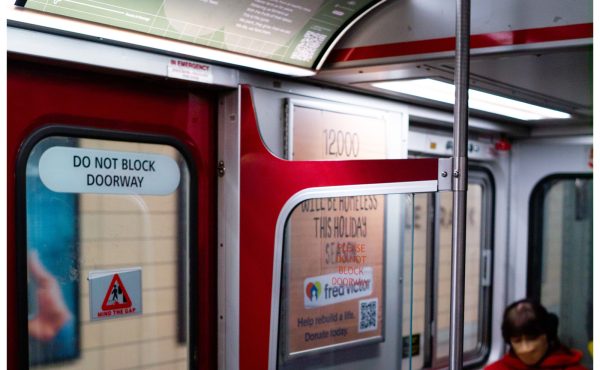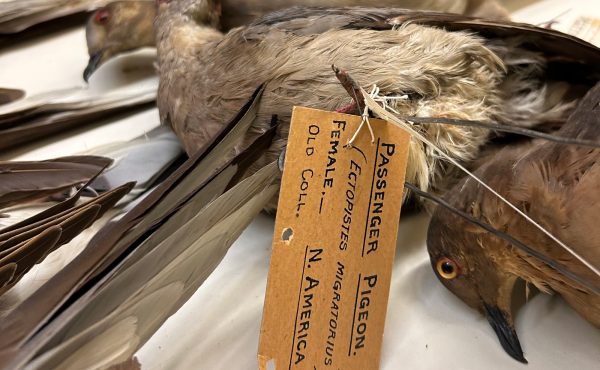

Every Thursday, Spacing will bring you a snapshot of Toronto’s past, looking into what took place that day in the city’s history. Throwback Thursday will address how the city has evolved, with an emphasis on issues that remain relevant for development in Toronto today.
– – – – – – – – – – – – – – – – –
On June 4th, 1920, the Toronto Transportation Commission (an earlier manifestation of the current Toronto Transit Commission) was established by an act of the Province of Ontario in preparation for its takeover of the Toronto Railway Company (TRC) the following year. The Ontario Legislature’s act followed a vote by the citizens on Toronto on January 1st of that year which approved the City’s purchase of the privately owned Toronto Railway Company. The purchase was the first step towards the unification of Toronto’s many municipal transportation services under one publicly owned commission.
Public ownership of municipal transportation was first attempted in May 1891, when the City refused to renew the franchise of the Toronto Street Railway Company and instead took it over for $1.5 million and a $600,000 mortgage. At the time, however, the public were uncomfortable with the large pricetag and quickly forced the city to sell the company in September 1891, when it became the privately owned Toronto Railway Company (TRC).
Like many of the privately owned transportation companies at the time, the TRC was not always willing to extend its services to new areas of the city beyond the original city limits specified in their contracts. This was a problem for the City, whose population doubled from around 170,000 to 350,000 between 1891 to 1921, annexing many towns formerly outside City limits in the process.

The Toronto Railway Company, whose contract specified City limits set in 1891, refused to extend its one-fare lines to the new areas annexed by the growing city in the early twentieth century. After several failed court battles where the city aimed to enforce by-laws that would compel the TRC to expand their services, the City Council decided to form the Toronto Civic Railways (TCR), a public street railway system constructed and maintained by the City of Toronto’s Department of Works, Railway and Bridge division.First managed by Roland Caldwell Harris (under whom the R.C. Harris Water Filtration Plant and the Bloor Viaduct were also built), the TCR built streetcar lines along routes the TRC had refused. These routes included Gerrard Street in 1912, both Danforth and St. Clair (the 512 route, which is still in operation) in 1913, Bloor West in 1915 and on Lansdowne south from St. Clair in 1917.

With the TCR providing a successful precedent for publicly owned municipal transportation, the City began preparing for the expiry of the TRC’s 30 year lease in 1921. By that time, there were 9 separate transit systems operating within Toronto, each one collecting a separate fare. This meant that to go from one end of the city to the other might require paying 9 different fares.
On January 1st, 1920, City Council asked the citizens of Toronto to vote on whether the City should unify all the street railways under one municipally-owned system. It passed overwhelmingly and was ratified on June 4th 1920 by the Province as the Toronto Transportation Commission.
In 1921, the Toronto Railway Company and the Toronto and York Radial Railway were combined with the Toronto Civic Railway. Two years later, the Toronto Suburban Railway was also incorporated into the T.T.C.

In 1954, the Toronto Transportation Commission was renamed the Toronto Transit Commission and took over all public transportation in the continually expanding Metropolitan Toronto.
For more history on transit in Toronto, check out Transit Toronto.
Photos from the Toronto Archives (Fonds 1231, File 1231, Item 1037a), (Series 71, Subset 71, Item 3370), (Fonds 1231, File 1231, Item 1035), (Fonds 1244, File 1244, Item 1095)




2 comments
I love these shots of the past. Being a large streetcar and transit nerd, it makes me wish I lived in those days.
For a bit more insight, read Toronto Sprawls by Lawrence Solomon.